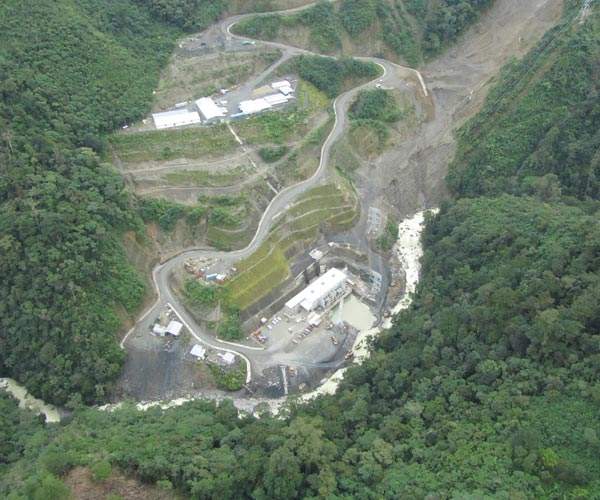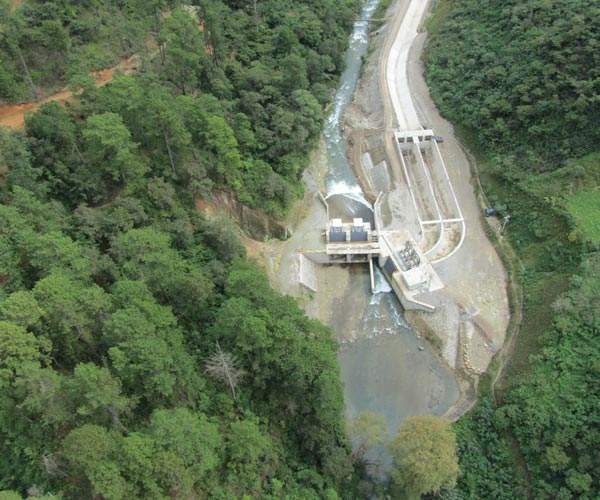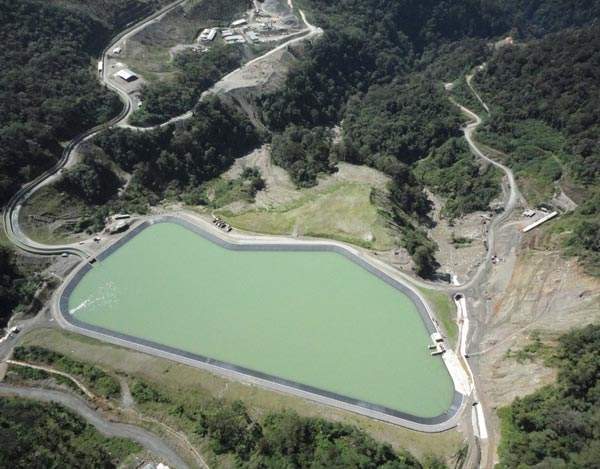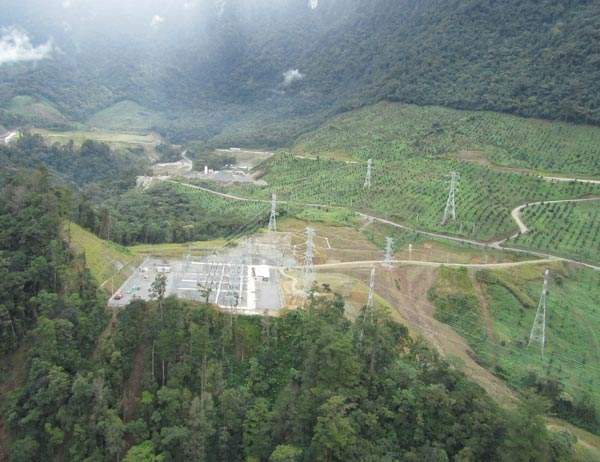Palo Viejo hydroelectric plant is located in the municipality of San Juan Quetzal in the Department of El Quiché, Guatemala. Opened in March 2012, the 85MW plant was developed by Italy’s Enel Green Power. Palo Viejo is Enel’s fifth hydroelectric facility in the country, bringing its installed capacity to 161MW.
Enel has invested €185m ($226m) in the construction of the plant, which was started in January 2009. A total of 370 million kWh will be generated by the plant annually, displacing 280,000t of carbon dioxide emissions.
Construction of the plant was carried out in partnership with Simest, a public-private finance institution.
Guatemala’s approval and development of renewable power facility projects
Enel received the Guatemalan Government’s approval to develop the project in 2007. It signed a 20-year voluntary cooperation agreement with the local community in August 2008.
Under the agreement, several investments were planned for the development of the local community. Enel has already invested more than €4.5m towards improving the local infrastructure.
In January 2011, San Felipe Chenlá, one of the 36 communities in the municipality of San Juan Quetzal, staged a road block obstructing the construction of the plant. The community claimed inheritance to the local resources and demanded to be paid 20% of the revenues generated by the plant.
Enel rejected the demands and approached the community for a dialogue to resolve the issue. After initial resistance, the San Felipe Chenlá community and Enel reached an agreement in May 2011 to end the roadblock.
Palo Viejo hydroelectric plant in San Juan Quetzal municipality
Palo Viejo is a run-of-river facility which utilises water from the Cotzal river and its three tributaries – Chipal, El Regadio and Escondido creeks. The area is a seismic zone prone to tropical storms, floods, earthquakes and landslides, which necessitated careful planning and construction.
Being a run-of-river facility, construction of a dam or a reservoir was not required. No relocation of people or housing was required either. The quality of the water is said to have improved after it passed through the plant. The plant includes separate diversion dams and intake systems equipped with de-sanders for the river and creeks.
The Cotzal diversion dam features a two-bay spillway with radial gates. The intake system includes a 52m long de-sander which removes deposits which are coarser than 0.3mm.
The Chipal diversion dam features a free overflow spillway at a height of three metres. The intake structure includes a 27m long de-sander. The El Regadio creek diversion dam and intake structure is similar to the Chipal intake system, but features two diversion dams instead of one. The diversion dams are of concrete gravity type and eight metres in height.
Escondido creek diversion dam diverts water up to 0.6m3/s. The intake system is not fitted with a de-sander as the discharge and sediment load is small.
Water diversion towards a daily storage regulating reservoir
The intake systems divert the river water from elevations ranging from 1,200 to 1,190 metres above sea level (masl) towards a daily storage regulating reservoir. The reservoir has been built by partially excavating a hill on the east side and is equipped with dewatering and overflow structures. It has a capacity of 305,000 cubic metres.
From the reservoir, a 1,450m long penstock intake structure diverts water into a surface powerhouse. Water is diverted from an elevation of 805m providing a total head of 380m for power generation.
The penstock structure includes a tunnel, siphons, 22km of canals and a pressure shaft. The surface powerhouse includes two 42MW Francis turbine generating units.
Grid network links to Enel Green Power’s Palo Viejo hydroelectric facility
Electricity generated is stepped up from 13.8kV to 230kV by two transformers installed in the plant’s bay. It is connected to the Uspantan substation which is, in turn, connected to the Chixoy II substation located 34km away. From the Chixoy II substation electricity is fed into the Guatemalan National Interconnected System.
Contractors involved with the El Quiché-based hydropower project
Hatch has designed and developed the concept for construction of the plant.
Solel Boneh International, a subsidiary of Arison Holdings, was awarded a $200m contract in January 2009 to construct the plant. Scope of work included construction of spillways, reservoir, tunnels, access roads, machinery building and installation of water pipes and turbines.







